Russia knows how to build aircraft but for over two decades, its aviation industry depended on foreign partners. Changing this will be costly.
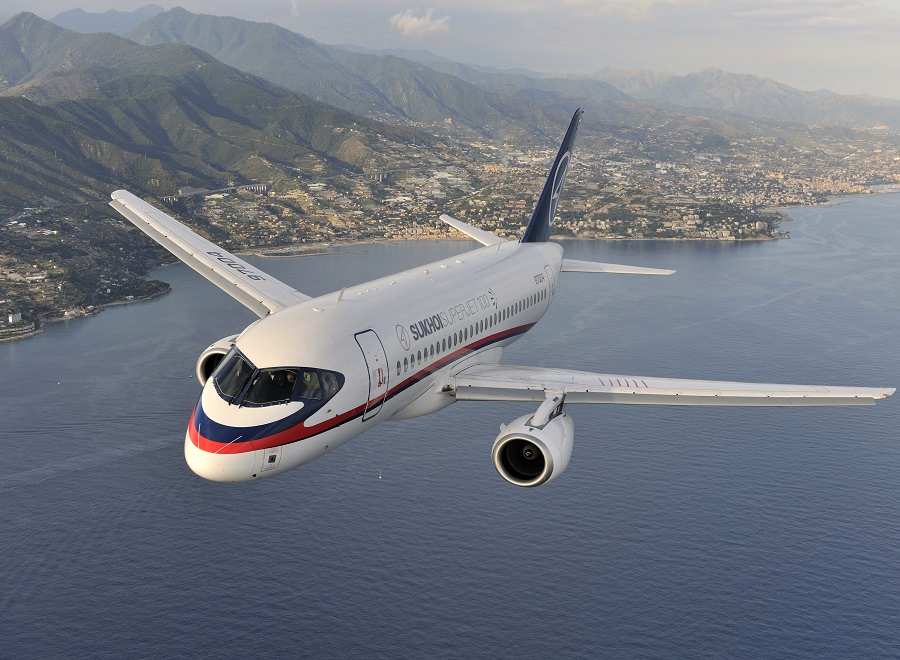
Russia’s invasion of Ukraine continues unabated. And beyond the obvious devastation and destruction, the war has economic effects on both countries and the rest of the world. As we saw, airlines in Russia have severely limited their operations, especially outside the country. This is because the sanctions mean that airlines can’t have new spare parts for their western fleets.
In theory, Russia can rely on its own industry, to fill the void. The Soviet Union had an advanced aviation industry – and while not all of it was in Russia, people in the country certainly know how to design and build aircraft. And of course, Russia already has aircraft like the Sukhoi SuperJet, while the MS-21 (aka MC-21) is almost ready. Plus, Russia could ramp up production of the Tupolev Tu-214, a plane roughly equivalent to the Boeing 757.
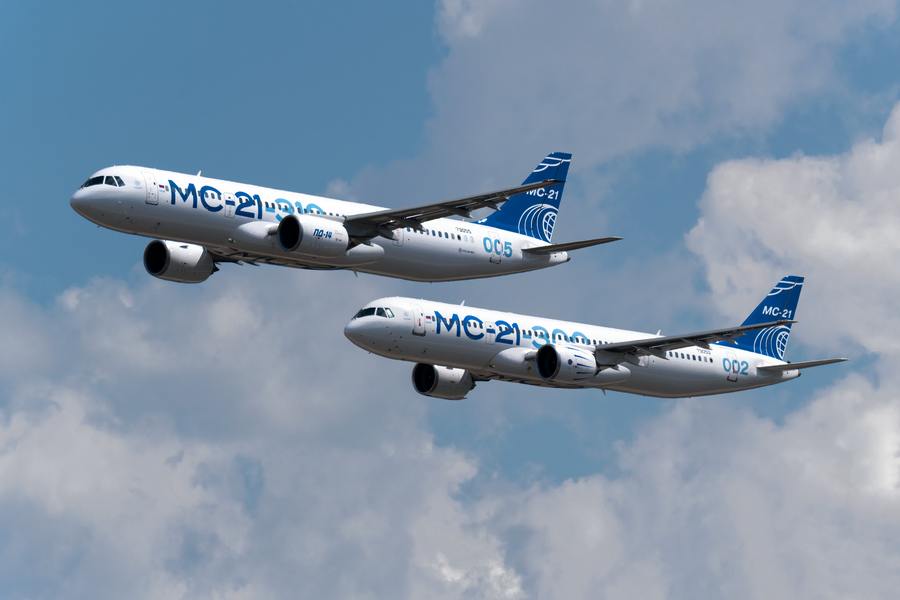
A Tale of Three Aircraft?
But there are some serious problems, both in the short and long term. As we’ve seen in previous articles, two of these Russian aircraft are far from entirely Russian. And while the third (Tu-214) is, it won’t be possible to make it fast enough to cover the needs of the market – even after the ramp-up. The aviation industry in Russia, therefore, needs substantial investment.
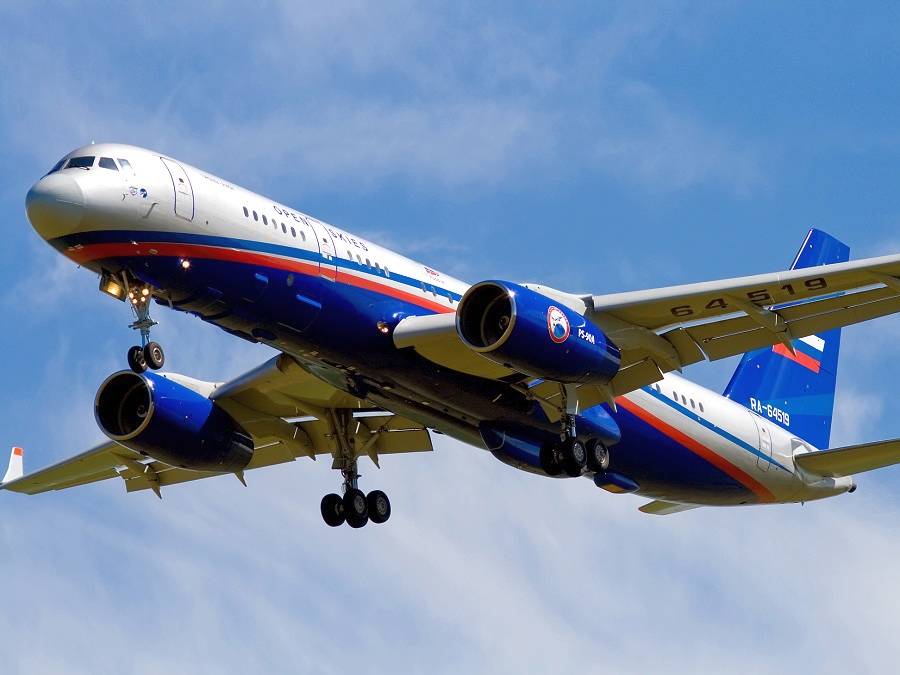
And this brings us to this week’s story, which shows just how big this investment needs to be. Last Monday, Russia’s government announced that it will invest 770 billion roubles ($14.5 billion) in its own aviation industry. The money will come gradually, until the end of the decade. This is an enormous amount of money. To put it in perspective, developing the Bombardier CSeries (now Airbus A220) reportedly cost $7 billion!
But in a way, this is beside the point. We often use the term “clean-sheet design”, to refer to an aircraft that isn’t a newer variant of something already in service. But even such “clean-sheet” aircraft don’t really start from zero. They incorporate many existing systems, like avionics. Or, they use newer variants of such systems, made by companies with the requisite experience.
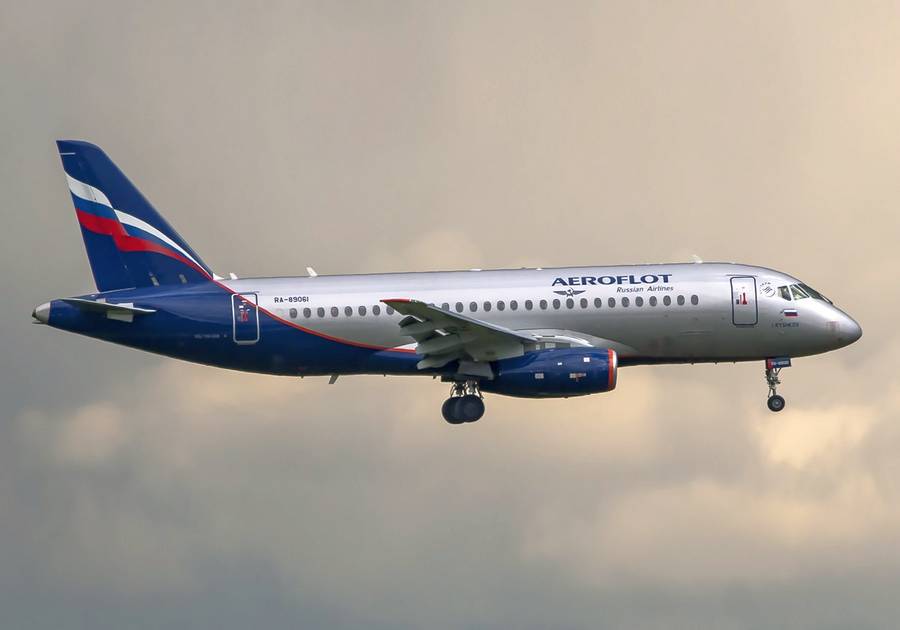
What The Aviation Industry In Russia Isn’t Making
The MS-21 and SSJ both relied on western companies for these systems. So the aviation industry in Russia will need a lot of investment to develop alternatives. And it’s not just avionics. The same goes for electrical systems, actuators for fly-by-wire controls, APU, landing gear and even cabin interiors. Developing, testing and certifying these systems could take several years. And then, the country’s aviation industry will need to mass-produce these items in Russia.
This is a long-term project, that will likely slow down the MS-21’s service entry for many years. And it is on top of the need to finish certification of the aircraft’s all-Russian Aviadvigatel PD-14 jet engines. Also, a smaller version of these engines will be necessary for the existing Sukhoi SSJ. As far as we know, this newer variant hasn’t been built yet.
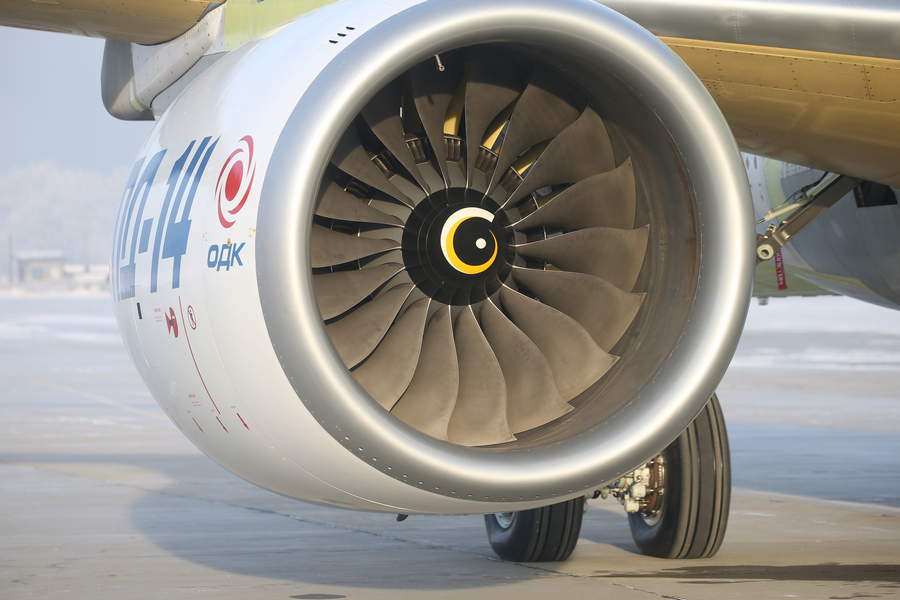
The country’s aviation industry will need time to create these systems, which is why Russia now needs the older Tu-214. Obviously, scaling up the production of this aircraft will require funding, too. And all this is on top of the needs of the airlines, the airports and other key infrastructure. With this war not looking likely to end soon, keeping infrastructure intact could become more challenging.
Check out the Mentour NOW! video below, that showcases these issues:



